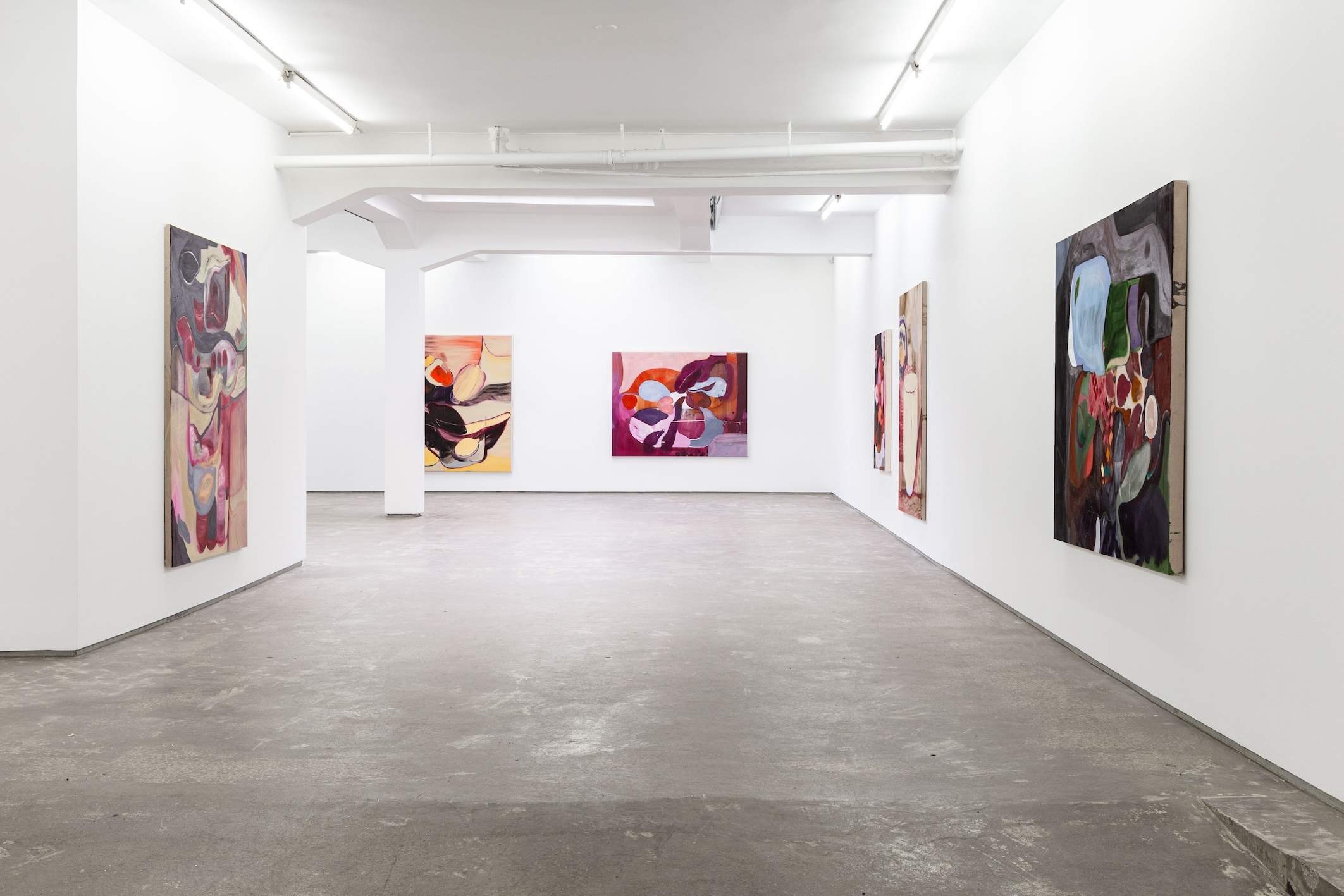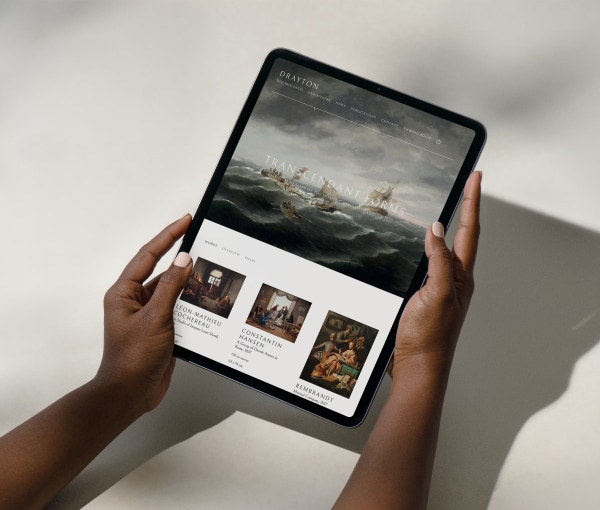In a thought-provoking panel discussion moderated by bestselling author and Yale lecturer Magnus Resch, Marine Tanguy (CEO of MTArt Agency) and Mary-Alice Stack (CEO of Creative United & Own Art) explored how artists are gaining independence from traditional gallery systems.
Read on for a four-takeaway snapshot of the discussion, or watch on-demand now.
The rise of self-representation
The shift towards self-representation in the art world has gained momentum, with more artists opting to control their marketing and sales rather than relying on galleries. However, this shift comes with its own set of challenges.
Mary-Alice Stack points out the fundamental struggle many artists face: “Being a creative practitioner is extremely difficult. Artists have to eat, pay bills, and create space for their art. On average, an artist’s income from the sale of work is just £10,000 per year – which is not a living income.” For many, this means juggling multiple jobs to survive, making it hard to dedicate time to their creative process.
With these challenges in mind, Marine Tanguy points out: “The visual sector at large is worth $5.2 trillion – there are so many untapped revenue streams that artists are not using.” Tanguy identifies the opportunity for artists to become more central to the creative economy, citing brand collaborations and public art projects as examples. These new models of engagement are positioning artists as key players beyond the gallery within the broader creative economy.
Yet, the challenge of self-representation remains significant, while some artists thrive in the direct-to-audience model, the business of art remains a hurdle to most, as Magnus Resch observes, “During the NFT hype, we learned that artists can do it on their own, but then they had to market themselves, find partnerships, and manage their careers. So, does an artist need a manager?”
Changing power dynamics
While artists turn to self-representation, traditional galleries still hold considerable influence. But, as the art world evolves, Mary-Alice Stack argues that the role of the gallery is not disappearing but transforming: “The opportunity to go into a space and see the work in person is only afforded by galleries.” However, she acknowledges that artists’ self-promotion means galleries must rethink their role in the ecosystem. “If we don’t invest in that structure, our ability to uncover and access new artists will become limited,” she warns.
Marine Tanguy echoes this, but offers a different perspective: “The gallery sector is a very small element of the possible value.” She argues that partnerships and digital sales are becoming the dominant revenue streams for many artists. As these alternative avenues grow, galleries may need to reposition themselves as collaborators (not gatekeepers) in this broader ecosystem.
The future of galleries, as Mary-Alice suggests, lies in how they adapt to these shifts: “Galleries have to understand that artists are visible and contactable not through them. Social media can be a very powerful way of building visibility.” The traditional relationship between artist and gallery is evolving into one where the gallery’s role is more about curating relationships and creating opportunities for visibility than controlling access to the market.
Sustainability in the art market
Sustainability—both creative and financial—remains a major concern for artists today. As Mary-Alice explains, “Sustainability isn’t about world fame, it’s just making an honest living off art, with the time and space to make and sell work.” This reflects a growing desire among artists to build a stable, self-sustaining practice without the pressure of becoming a global brand.
Magnus Resch highlights the complexities of the art market, noting that while Instagram and celebrity endorsements can create temporary buzz around an artist, true long-term value is still driven by institutions like galleries and museums. “Ultimately, it’s the network of museums and galleries an artist is in that drives price and maintains value.”
However, Marine Tanguy argues that the boundaries of sustainability are shifting. New revenue streams, such as licensing and collaborations with the entertainment industry, have become crucial for an artist’s growth. Artists, she says, must adapt: “What makes an artist stand out is thinking of new ways to incorporate their ideas and techniques in new environments.”
Navigating the future
Asking in an era dominated by social media, is success defined by likes and followers? And if so, how can artists maintain authenticity? Magnus Resch offered a thought-provoking perspective: “Success now is defined by a few galleries, and if you’re not a part of this network, you won’t make it.” Yet, he believes the definition of success is due for a shift, particularly as blockchain technology promises to give artists more control over their work and royalties. “I think in the next five to ten years, we’ll see all artworks registered on the blockchain, so the artist is immediately paid and they receive royalties further down the line.”
For Marine Tanguy, success is about creating a sustainable career that allows artists to grow and evolve: “We look for artists who have a lot of vision. It’s about having a fresh perspective on the world.” She believes the ability to innovate and collaborate is key to success in this new era, where exposure can be as important as talent.
Overall: the future of art is multifaceted
The art world is expanding beyond traditional galleries, with new revenue streams offering fresh opportunities for artists. However, as Mary-Alice Stack cautions, artists must navigate this new landscape carefully, balancing self-representation with strategic partnerships that foster trust and long-term growth.






